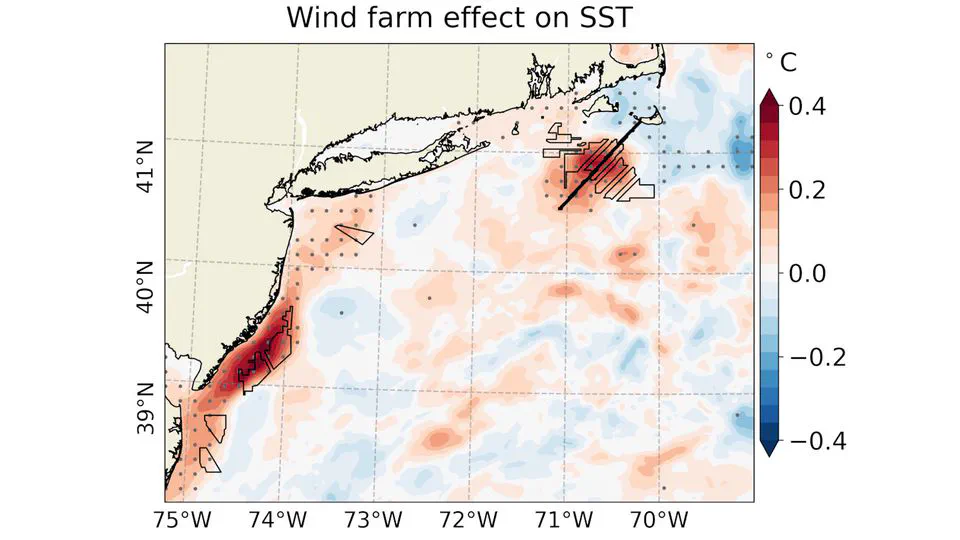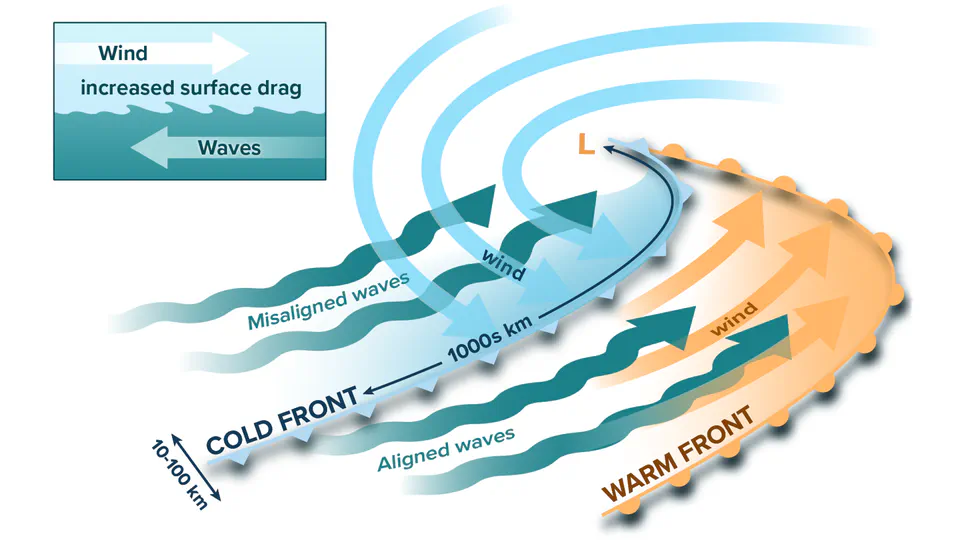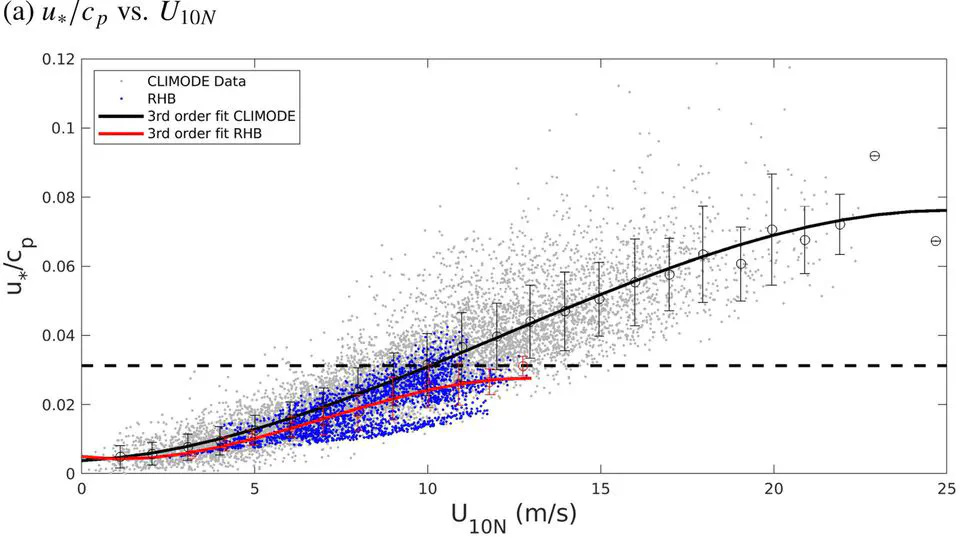About Me
I am currently a Oceanographic Researcher at the University of Hawaiʻi at Mānoa working in Dr. Hyodae Seo Lab. My research focuses on advancing our understanding of air-sea interactions and exploring how the ocean influences both regional weather and climate.
To address these complex issues, I utilize coupled Earth system models, such as the SCOAR Regional Coupled Mode, which simulate interactions between the atmosphere, ocean, and surface waves. In addition to numerical simulations, I extensively analyze observational datasets of the marine boundary layer to evaluate current modeling capabilities and identify areas for improvement.
Improving the representation of air-sea interactions in these models is crucial, not only for enhancing weather forecasts but also for optimizing offshore wind energy assessments.
- Air-sea interactions
- Ocean surface waves
- Air-sea flux parameterization
- Regional coupled modeling
Ph.D. in Oceanography-Meteorology
CNRM, Paul Sabatier University, France
Engineering University - Hydrology
Polytech’Nice-Sophia Antipolis, France



